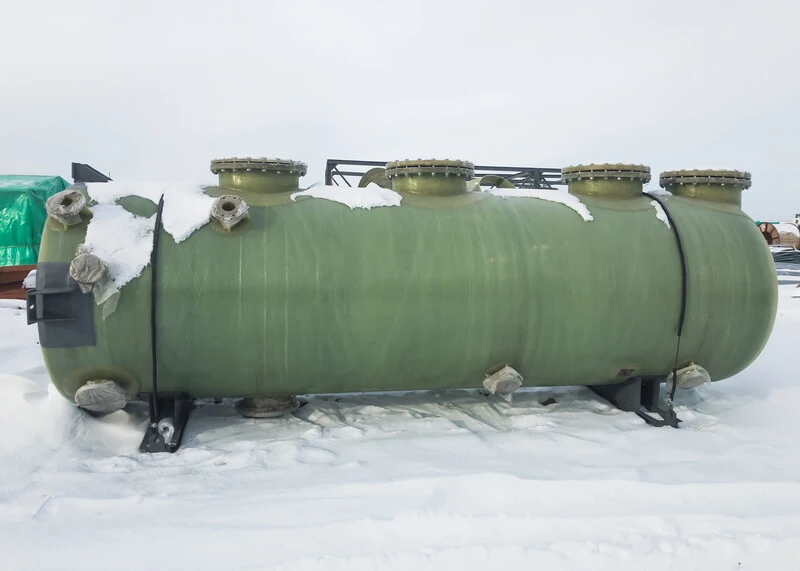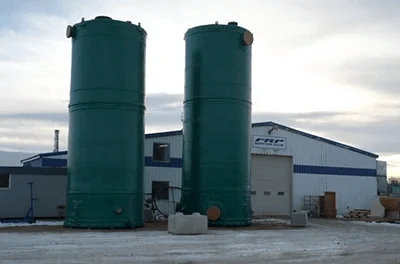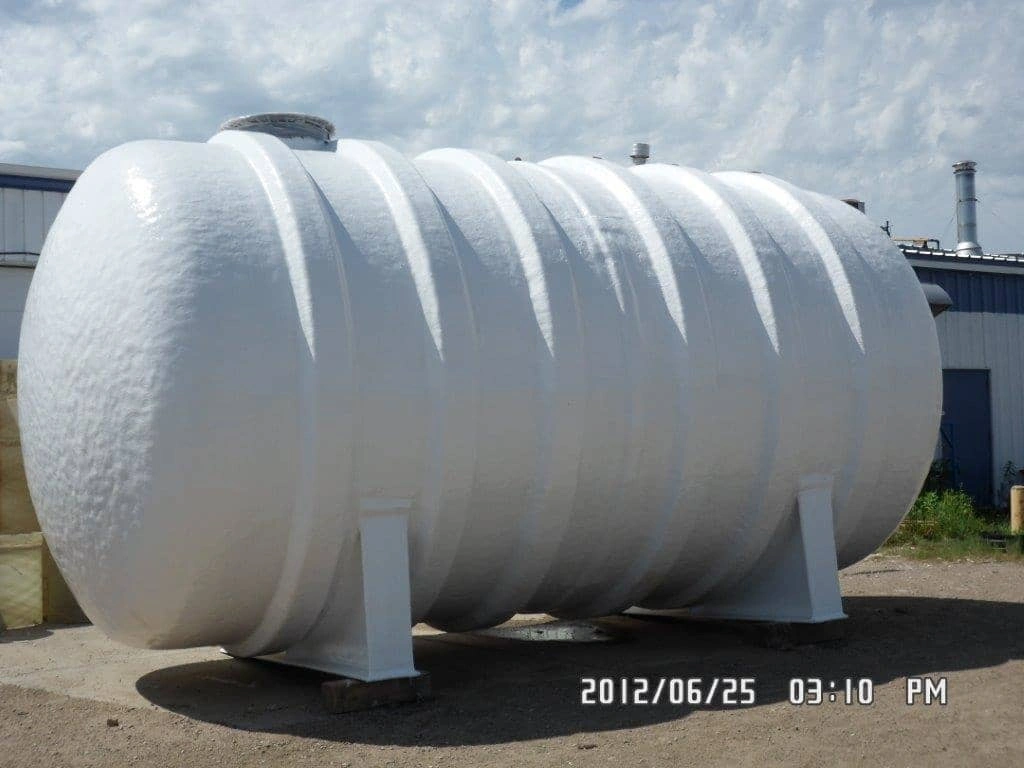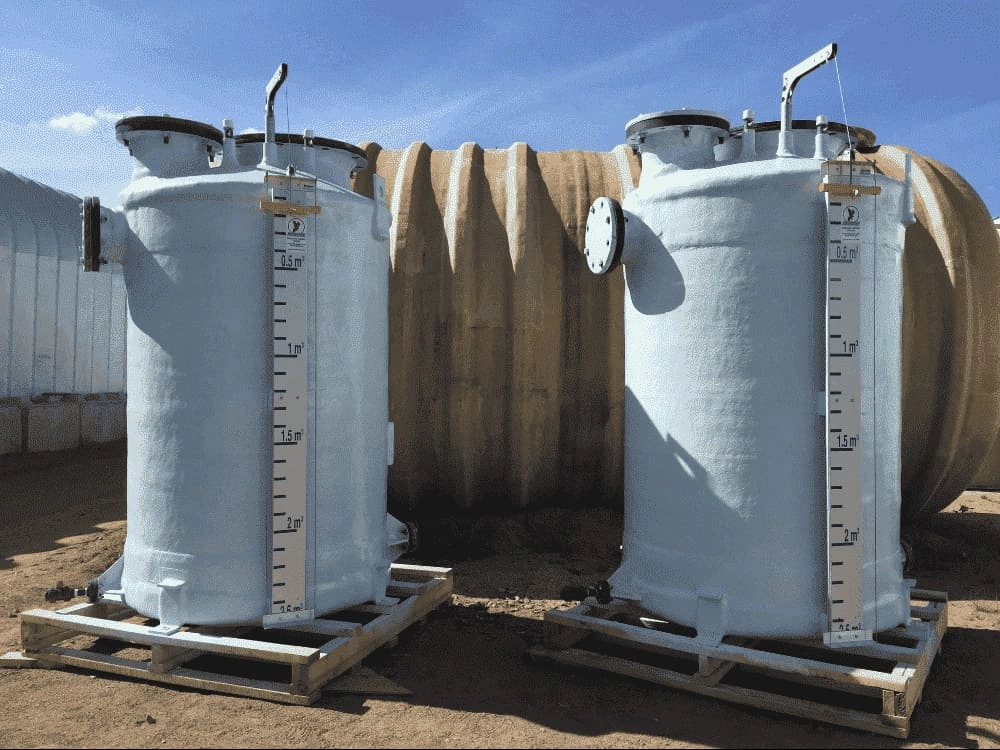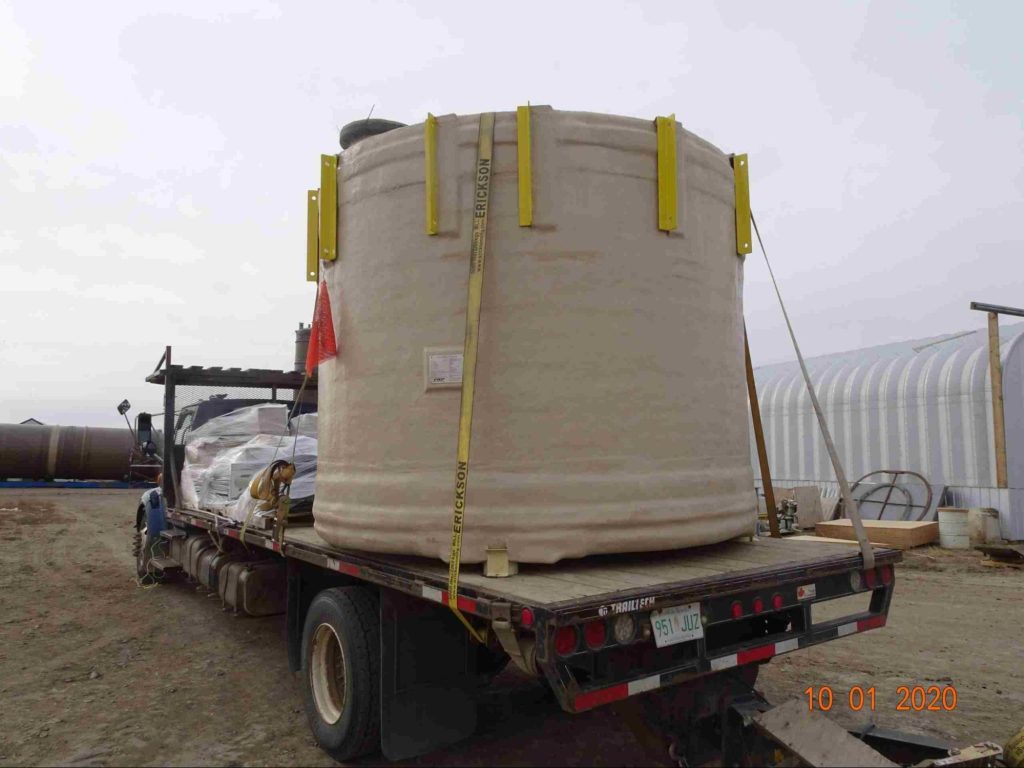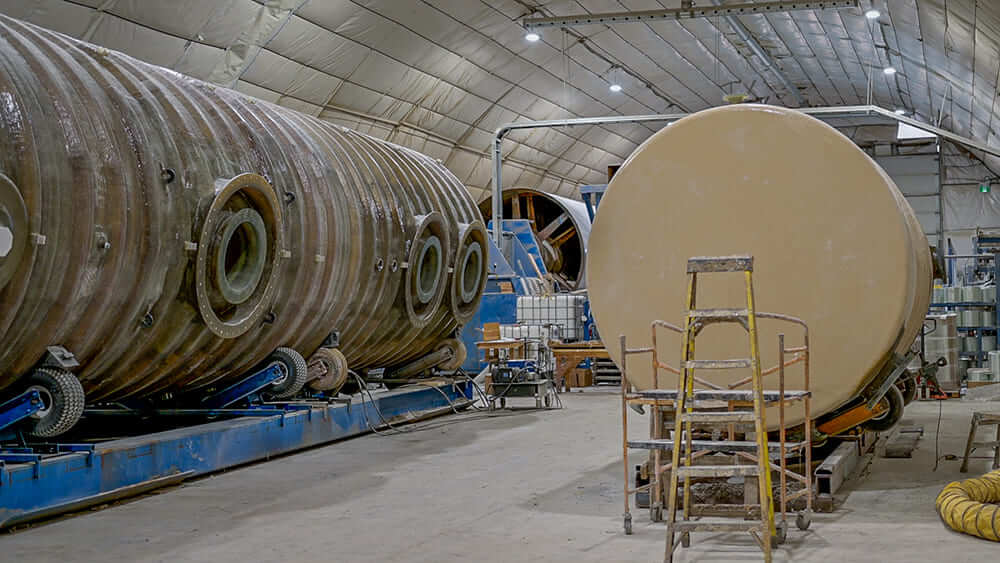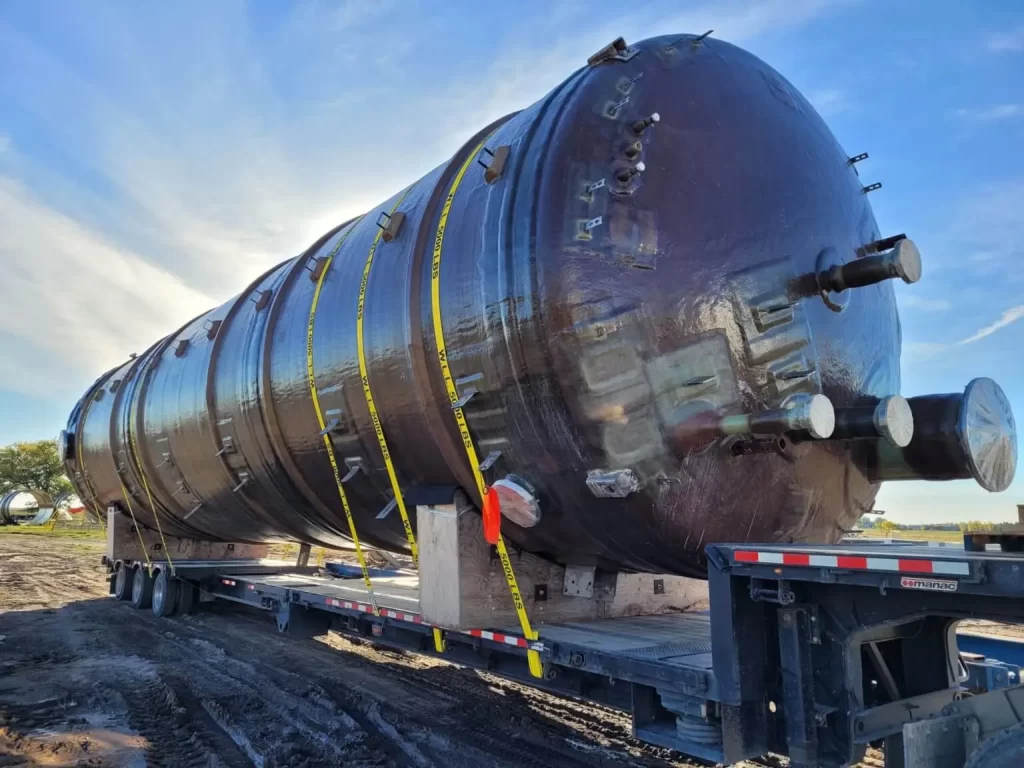The history of fiberglass is a fascinating journey that spans centuries, showcasing human creativity and technological progress. From its humble beginnings as a decorative material in ancient civilizations to its integral role in today’s industrial applications, fiberglass has undergone a remarkable evolution.
This article explores the significant milestones, advancements, and innovations that have shaped the history of fiberglass and its impact on industries worldwide.
The Ancient Origins of Fiberglass
The roots of the history of fiberglass date back to ancient Egypt and Phoenicia, where artisans experimented with glass fibers. Early glassmakers discovered that molten glass could be drawn into thin threads, which they used for decorative purposes such as embellishing textiles and creating intricate ornaments. While these fibers were coarse and lacked the refinement of modern fiberglass, they marked the inception of glass fiber production.
These early attempts were limited to small-scale, manual methods. Molten glass was drawn into threads by hand, a labor-intensive process that restricted the material’s applications. Despite these limitations, the ancients laid the groundwork for what would later become an industrially significant material.
Pioneering Advances in the 19th Century
The history of fiberglass took a significant leap forward in the 19th century. In 1842, Swiss chemist Justus von Liebig developed a process to create glass wool by blowing steam through molten glass. This innovation resulted in fine fibers suitable for insulation, marking the first practical application of fiberglass.
In 1893, Edward Drummond Libbey, an American inventor, showcased a dress made of glass fibers at the World’s Columbian Exposition in Chicago. This demonstration highlighted the material’s versatility and hinted at its potential beyond industrial uses. These developments set the stage for the 20th century when fiberglass would transition from an experimental material to a commercial product.
The Birth of Modern Fiberglass
The modern era of the history of fiberglass began in the early 20th century with the accidental discovery of glass wool by Games Slayter at Owens-Illinois in 1932. By directing compressed air at molten glass, Slayter produced fine fibers that were ideal for insulation. This discovery led to the commercialization of fiberglass under the trademark “Fiberglas” (spelled with a single “s”) in 1936.
The material’s unique properties – lightweight, non-combustible, and resistant to corrosion – made it an attractive option for various applications. Fiberglass quickly gained traction in industries such as construction, automotive, and marine.
Fiberglass During World War II
World War II marked a turning point in the history of fiberglass as its utility in military applications came to the forefront. Fiberglass was widely used for radomes, aircraft parts, and protective coverings due to its non-metallic composition, which made it invisible to radar. Its lightweight and durable nature also contributed to the production of aircraft fuselage components, enhancing efficiency and performance.
These wartime applications demonstrated the versatility and potential of fiberglass, laying the foundation for its post-war adoption in civilian industries.
Post-War Commercial Expansion
The post-war period was a time of rapid growth in the history of fiberglass, as industries sought durable and cost-effective materials. By the 1950s, fiberglass had become a staple in construction, automotive, and marine industries. Its applications include:
- Insulation: Widely used in residential and commercial buildings for thermal and acoustic insulation.
- Automotive Parts: Lightweight fiberglass components improved fuel efficiency and durability in vehicles.
- Boat Hulls: The marine industry adopted fiberglass for its resistance to water-induced corrosion.
The Advent of Fiberglass-Reinforced Plastic (FRP) Tanks
A key chapter in the history of fiberglass was the development of fiberglass-reinforced plastic (FRP) tanks in the 1960s. Traditional storage materials like steel and concrete were prone to rust and chemical corrosion, making them unsuitable for many industrial applications. FRP tanks offered an innovative solution with them:
- Corrosion Resistance: Ideal for storing chemicals and liquids.
- Lightweight Construction: Easier to transport and install.
- Durability: Long service life with minimal maintenance.
These advantages made FRP tanks a preferred choice in sectors such as chemical processing, water treatment, and oil and gas.
Regulatory Acceptance and Standardization
The 1970s marked a significant milestone in the history of fiberglass with increased regulatory acceptance. Governments and industry bodies recognized the benefits of fiberglass, leading to the establishment of standards and guidelines for its use. This regulatory support enabled industries to adopt fiberglass storage solutions confidently, particularly in environmentally sensitive applications.
Technological Advancements in the 1980s
The 1980s were a decade of technological breakthroughs in the history of fiberglass. Advances in manufacturing processes, such as filament winding and improved resin systems, enhanced the performance of fiberglass products. These innovations led to:
- Stronger and More Durable FRP Tanks: Capable of withstanding higher pressures and extreme conditions.
- Cost-Effective Solutions: Reduced production costs made fiberglass more accessible to a broader range of industries.
- Broader Applications: Fiberglass was increasingly used in sectors such as transportation, energy, and construction.
Global Expansion in the 1990s
The globalization of the 1990s facilitated the spread of fiberglass technology worldwide, marking another important chapter in the history of fiberglass. Manufacturers expanded their offerings to meet diverse industrial needs, including:
- Specialized Storage Tanks: Designed for underground applications and challenging environments.
- Innovative Products: Fiberglass solutions tailored for agriculture, pharmaceuticals, and renewable energy sectors.
This period also saw advancements in design engineering, enabling the production of highly customized fiberglass products.
Fiberglass in the 21st Century: A Material for the Future
The history of fiberglass continues to unfold in the 21st century, driven by innovations aimed at enhancing its properties and expanding its applications. Key trends include:
- Sustainability: Researchers are developing eco-friendly fiberglass composites to reduce environmental impact.
- High-Performance Materials: New formulations offer improved thermal stability and chemical resistance.
- Renewable Energy Applications: Fiberglass is a critical component in wind turbine blades and other renewable energy technologies.
Key Advantages of Fiberglass
The enduring appeal of fiberglass lies in its unique combination of properties. Throughout the history of fiberglass, these advantages have fueled its adoption across industries:
- Corrosion Resistance: Unaffected by moisture, chemicals, and environmental factors.
- Lightweight Design: Easy to handle and install, reducing transportation costs.
- High Strength-to-Weight Ratio: Offers excellent structural integrity without added weight.
- Versatility: Can be molded into complex shapes and sizes for diverse applications.
- Durability: Long-lasting performance even in harsh conditions.
- Low Maintenance Requirements: Reduces long-term operational costs.
Conclusion
The history of fiberglass is a testament to human ingenuity and the relentless pursuit of better materials. From its origins in ancient glassmaking to its current status as an indispensable industrial material, fiberglass has continually evolved to meet the demands of an ever-changing world. As technology advances, the future of fiberglass promises even greater innovations, cementing its role as a cornerstone of modern industry.
Whether for insulation, structural components, or storage solutions, fiberglass continues to shape the way industries operate. With its proven track record and ongoing advancements, fiberglass is poised to remain a vital material for generations to come.
Contact us today to discover the perfect above-ground or underground fiberglass storage tank to fit your unique needs.

